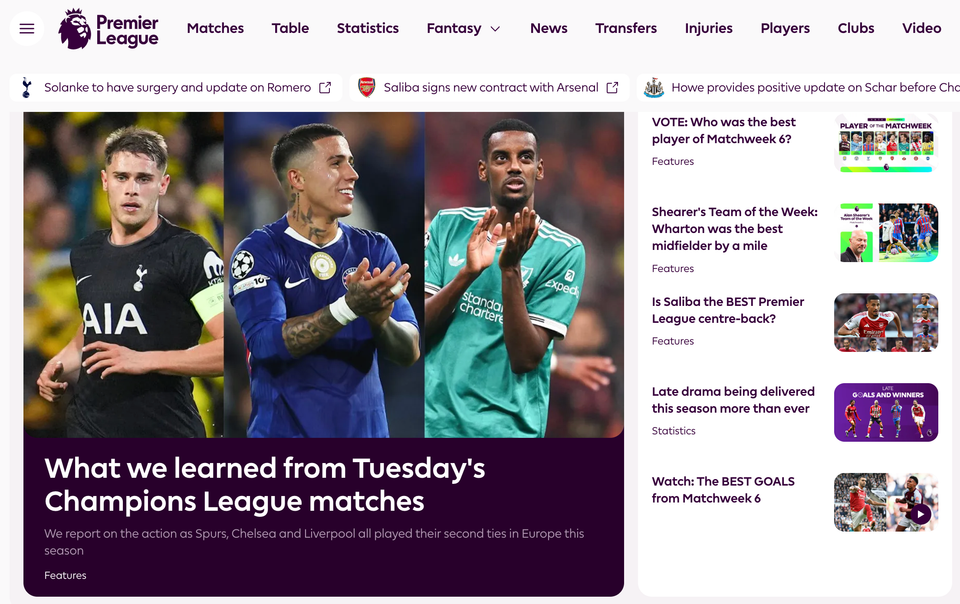OpenMoku finally launch opensource FreeRunner
I’ve been accused of being a true geek since I was young. A lot of the time I try to ignore it but it’s the open source devices that really force me to examine myself and realise it’s true.
This time it’s the OpenMoku’s Linux based FreeRunner smartphone, launched last Friday. Since January developers have been working on making it a stable platform for consumers to use. I have a habit of finding the glitches in 30s – my Nokia 6500 is quickly approaching 50 crashes – so hopefully one will be sent my way to see if they’ve managed to get it working well enough to sell.
As well as being completely open source – both its hard and software is – the phone is really sexy. I’m not sure if it will have usability to rival the iPhone but for now the looks definitely do.
According to Ars Technica:
In many ways, OpenMoko’s platform strategy mirrors the diversity of the Linux desktop software ecosystem. There are a multitude of parallel options with many layers and varying degrees of overlap. This provides end users with an enormous amount of flexibility, but it also creates a lot of complexity. The choices are difficult to navigate, and the lack of a cohesive direction contributes to fragmentation and redundancy. OpenMoko’s potential for success will be heavily predicated on the ability to turn choice and diversity into an asset rather than an impediment.
There are currently three separate software stacks that are available for OpenMoko handsets. The original OpenMoko software environment was built on top of GNOME Mobile and Embedded technologies including the GTK+ toolkit. As the FreeRunner launch date approached and the development priorities began to shift towards a stronger emphasis on mainstream consumer adoption, OpenMoko reevaluated its approach and decided to build a new stack on top of Trolltech’s proven Qtopia mobile environment. The third stack, which will implement the FreeSmartphone.org APIs, is part of a long-term framework initiative that OpenMoko hopes will eventually ameliorate the problems created by fragmentation and redundancy while still offering developers a full range of choices.
All that really remains is a nice iPhone style YouTube clip to be generated. In fact, send a phone my way and I’ll create it for you.



